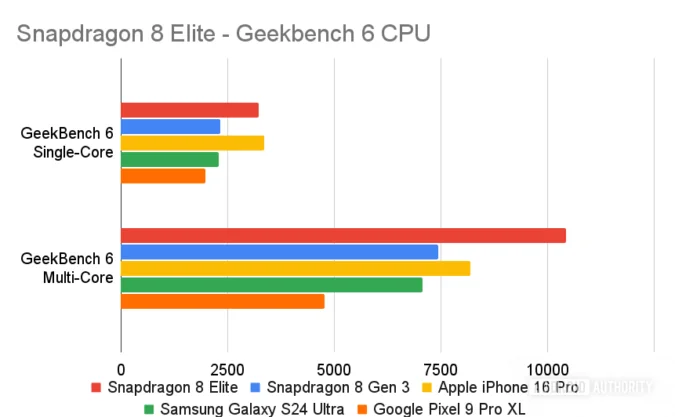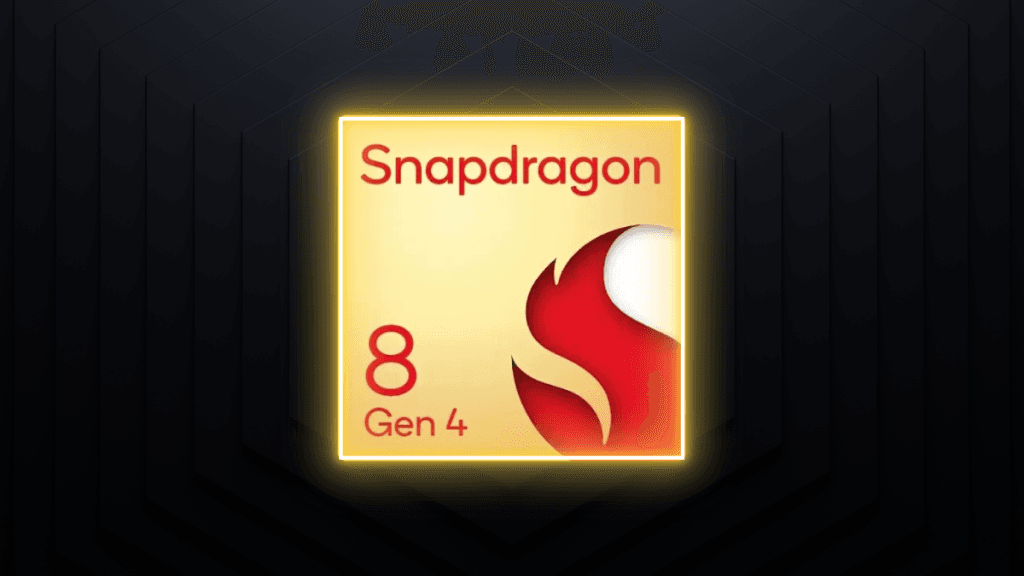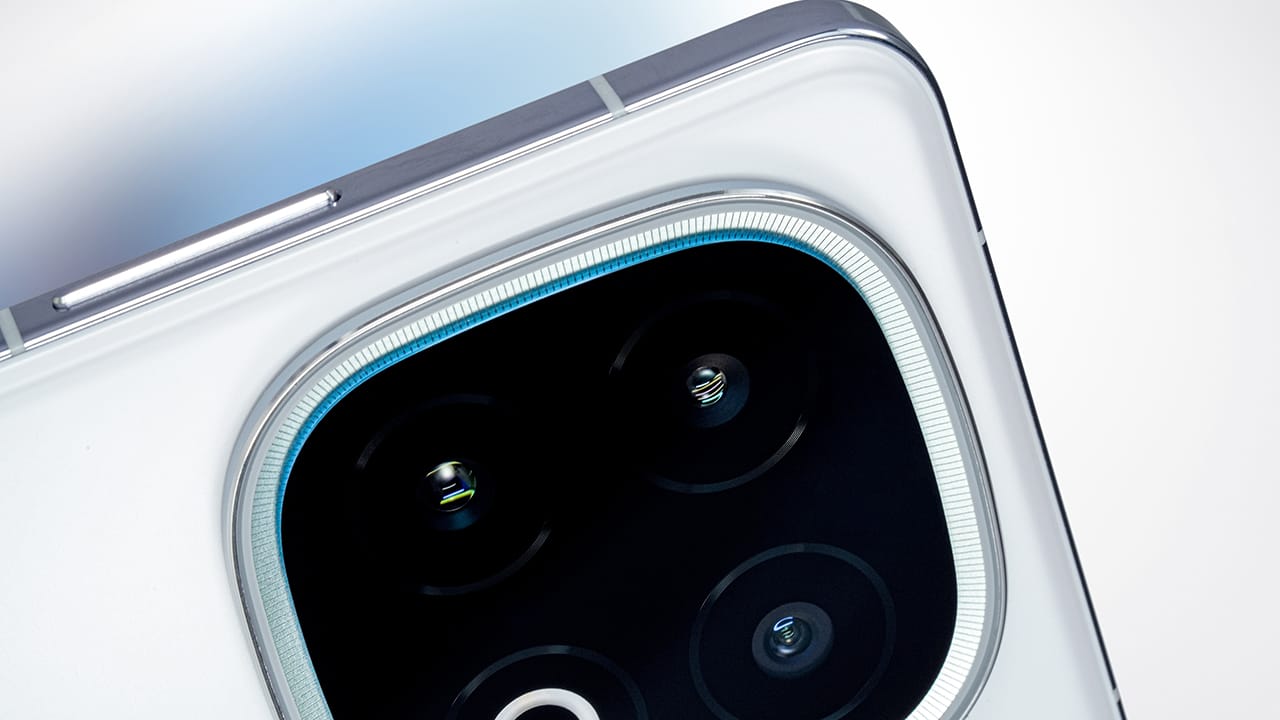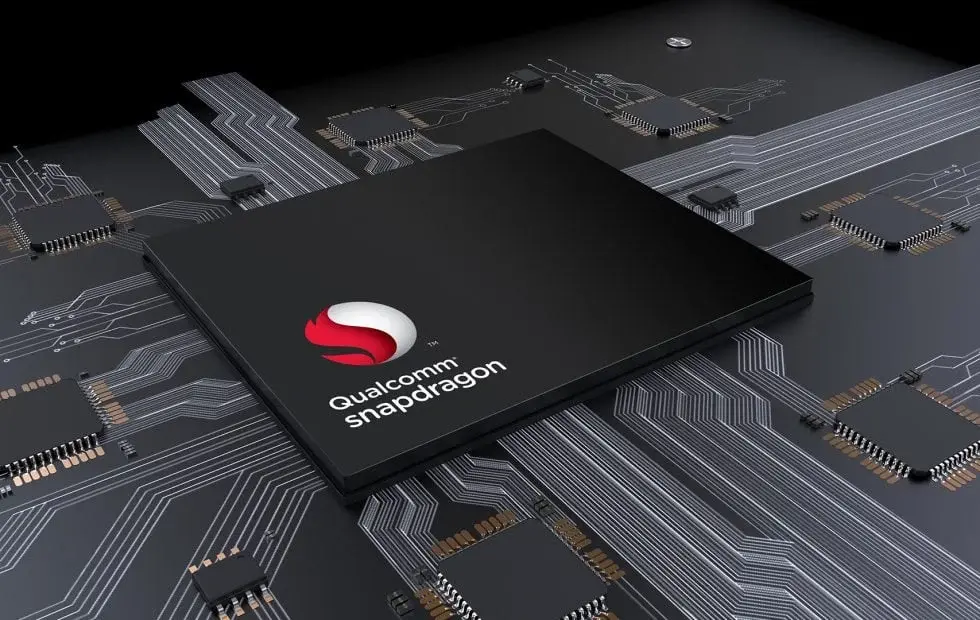The competition between Android and iPhone performance is becoming less distinct with Qualcomm’s launch of its impressive Snapdragon 8 Elite chipset. This latest Snapdragon chip claims to offer significant improvements in both performance and efficiency, much like Apple’s A18 Pro that powers the iPhone 16 Pro models. So, how do these two contenders compare? Let’s dive into some benchmark tests to see which one comes out on top.
Quick Specs Overview
First, we should examine the specifications for a clearer understanding:
| Feature | Snapdragon 8 Elite | Apple A18 Pro |
|---|
| Announced | October 2024 | September 2024 |
| Process node | 3nm | 3nm |
| Manufacturer | TSMC | TSMC |
| CPU | 2 x 4.32GHz (Oryon) | 2 x 4.04GHz (High-performance) |
| 6 x 3.53GHz (Oryon) | 4 x 2.2GHz (Energy-efficient) |
| GPU | Adreno 830 GPU | 6-core GPU |
| Unreal Engine 5.3 with Nanite | Hardware accelerated ray tracing |
| NPU | Qualcomm Hexagon NPU | 16-core neural engine |
| Multimodal Gen AI support | 35 TOPS |
| Memory | LPDDR5x, up to 5.3GHz | LPDDR5x, up to 7500MHz |
| Connectivity | Snapdragon X80 5G modem | Snapdragon X75 5G modem |
| Downlink: 10Gbps | Downlink: 10Gbps |
| Uplink: 3.5Gbps | Uplink: 3.5Gbps |
| Wi-Fi 7, Bluetooth 6.0, UWB | Wi-Fi 7, Bluetooth 5.4, UWB |
(Note: We conducted tests using the Realme GT7 Pro with Snapdragon 8 Elite and the iPhone 16 Pro Max featuring the A18 Pro for benchmarking results.)
Benchmark Showdown
Geekbench Scores
Geekbench evaluates a device’s CPU performance through a variety of tests, yielding both single-core and multi-core results. Here’s how the two chips fared:
In the single-core tests, both the Snapdragon 8 Elite and Apple A18 Pro had comparable scores. However, in the multi-core assessment, the Snapdragon chipset outperformed the A18 Pro by over 15%.
| Snapdragon 8 Elite | Apple A18 Pro |
|---|
| Single-core | 3,156 | 3,291 |
| Multi-core | 9,489 | 8,146 |
AnTuTu Results
AnTuTu is another well-known benchmarking tool that evaluates CPU, GPU, UX, and memory strength. The total score reflects the overall capability of a device. It’s important to note that the Android version of AnTuTu uses Vulkan API, while the iOS version utilizes Metal API.
Here, the Snapdragon 8 Elite clearly surpassed the Apple A18 Pro with a significant margin, particularly excelling in GPU and memory performance.
| Snapdragon 8 Elite | Apple A18 Pro |
|---|
| AnTuTu score | 2,764,150 | 1,756,810 |
| CPU | 584,894 | 469,595 |
| GPU | 1,134,684 | 640,006 |
| Memory | 644,600 | 289,171 |
| UX | 399,972 | 358,038 |
Graphics Performance
3DMark Testing
3DMark is widely used for testing GPU capabilities with several benchmarks available for assessing gaming performance. For this matchup, we utilized the WildLife Extreme Stress Test and the Solar Bay for ray tracing evaluation.
In the WildLife Extreme Stress Test, the Snapdragon 8 Elite’s Adreno 830 GPU showed remarkable performance, achieving 82.4% stability, while the A18 Pro lagged behind at only 68.1%. Interestingly, their temperatures remained nearly identical.
| Snapdragon 8 Elite | Apple A18 Pro |
|---|
| Stability | 82.4% | 68.1% |
| Temperature | 42.8° C | 42.3° C |
3DMark Solar Bay
The Snapdragon 8 Elite also excelled in the Solar Bay test, boasting an average of 40.68 FPS compared to the A18 Pro’s 30.6 FPS. Additionally, the Snapdragon chip produced a higher overall score and maintained a cooler temperature than the A18 Pro.
| Snapdragon 8 Elite | Apple A18 Pro |
|---|
| Overall score | 10,564 | 8,013 |
| Average FPS | 40.68 FPS | 30.6 FPS |
| Temperature | 43.6° C | 45.5° C |
Key Differences Summarized
The Snapdragon 8 Elite is Qualcomm’s first chip to use custom Oryon CPU cores and the performance results are impressive thus far. This octa-core chip features two large cores clocked at 4.32GHz and six mid-cores at 3.53GHz. In contrast, the Apple A18 Pro consists of a six-core CPU with two large cores at 4.04GHz and four efficiency cores running at 2.2GHz.
Not only does the Snapdragon 8 Elite contain two extra CPU cores, but it also has a peak CPU frequency advantage of 4.32GHz compared to the A18 Pro’s 4.04GHz. For rendering graphics, the Snapdragon chip utilizes the Adreno 830 GPU, while the A18 Pro employs a 6-core GPU. Both chips support high-performance graphics rendering with hardware-accelerated ray tracing.
Both processors contain formidable NPUs: the Snapdragon 8 Elite features a hexagon NPU with multimodal Gen AI support, while the A18 Pro possesses a 16-core neural engine capable of processing 35 trillion operations per second. They offer similar connectivity options, although the Snapdragon 8 Elite supports a higher Bluetooth standard.
Conclusion
Both the Apple A18 Pro and Snapdragon 8 Elite stand out as top contenders in the smartphone chip market. Each offers powerful CPUs that can efficiently manage all types of processing demands, along with GPUs capable of delivering smooth gaming experiences over extended periods. They also integrate advanced AI capabilities. However, the benchmark results clearly show an advantage for the Snapdragon 8 Elite.
While the Snapdragon 8 Elite outshines the Apple A18 Pro in benchmarks, the choice between the two often depends on your ecosystem preference. If you are deeply integrated into Apple’s ecosystem, the A18 Pro may be more suitable for you; otherwise, the Snapdragon 8 Elite is the way to go.
Devices Featuring Snapdragon 8 Elite:
- Xiaomi 15 (review)
- Xiaomi 15 Pro
- iQOO 13
- OnePlus 13 (review)
- Realme GT7 Pro (review)
Devices Featuring Apple A18 Pro:
- Apple iPhone 16 Pro
- Apple iPhone 16 Pro Max
























